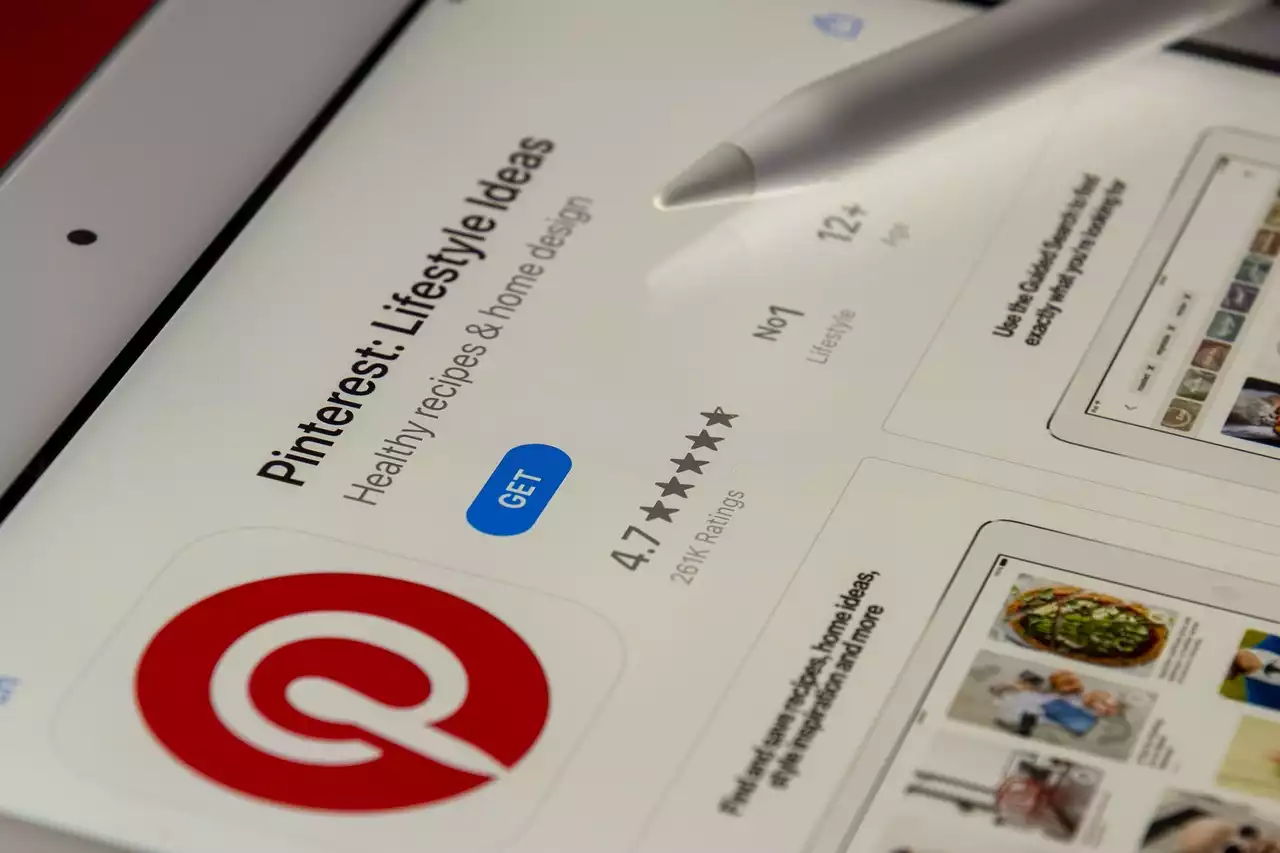What are Progressive Web Apps (PWAs)?
Progressive Web Apps are web applications that are designed to provide a native app-like experience to users. They are built using web technologies such as HTML, CSS, and JavaScript, and can be accessed through any device with a web browser. PWAs are designed to work seamlessly across different platforms and devices, and can be installed on a user's home screen, just like a native app.
PWAs offer many benefits over traditional web applications. They are faster, more reliable, and offer a better user experience. PWAs also work offline, thanks to the use of service workers. This means that users can continue to use the app even when they are not connected to the internet. PWAs also offer push notifications, which allow businesses to communicate with their users even when they are not actively using the app.
The use of PWAs is growing rapidly, with many businesses adopting this technology to improve their user experience and engagement rates. PWAs have been shown to increase user engagement and conversion rates, and offer many benefits over traditional web applications and native apps.
Benefits of PWAs
There are many benefits to using PWAs for businesses and users alike. Here are some of the key benefits:
Improved User Experience
One of the main benefits of PWAs is that they offer a better user experience than traditional web applications. PWAs are designed to be fast, reliable, and easy to use, and offer a native app-like experience to users. They are also designed to work seamlessly across different platforms and devices, which means that users can access the app from any device with a web browser.
Increased Engagement and Conversion Rates
PWAs have been shown to increase user engagement and conversion rates. This is because they offer a better user experience and are more convenient to use than traditional web applications. PWAs also offer push notifications, which allow businesses to communicate with their users even when they are not actively using the app.
Offline Functionality
Another key benefit of PWAs is that they work offline, thanks to the use of service workers. This means that users can continue to use the app even when they are not connected to the internet. This is a major advantage over traditional web applications, which require an internet connection to function.
Lower Development Costs
PWAs can be developed at a lower cost than native apps, as they are built using web technologies such as HTML, CSS, and JavaScript. This means that businesses can save money on development costs, while still offering a high-quality user experience to their customers.
How PWAs differ from traditional apps and mobile websites
PWAs differ from traditional apps and mobile websites in several key ways. Here are some of the key differences:
Installation
PWAs can be installed on a user's home screen, just like a native app. This means that they are more convenient to access than traditional web applications, which require users to navigate to a website every time they want to use the app.
Offline Functionality
PWAs work offline, thanks to the use of service workers. This means that users can continue to use the app even when they are not connected to the internet. This is a major advantage over traditional web applications, which require an internet connection to function.
Native App-Like Experience
PWAs offer a native app-like experience to users, with features such as push notifications and full-screen mode. This means that users can enjoy a high-quality user experience, without the need to download a native app.
Examples of successful PWAs
Many businesses have already adopted PWAs to improve their user experience and engagement rates. Here are some examples of successful PWAs:
Twitter Lite
Twitter Lite is a PWA that offers a fast, reliable, and lightweight experience to users. The app works offline and offers push notifications, making it a convenient way for users to stay up-to-date with their Twitter feed.
Starbucks
Starbucks has also adopted PWAs, with their app offering a native app-like experience to users. The app works offline and offers push notifications, making it easy for users to order and pay for their coffee.
Forbes
Forbes has also adopted PWAs, with their app offering a fast and reliable experience to users. The app works offline and offers push notifications, making it easy for users to stay up-to-date with the latest news and articles.
How to create a PWA
Creating a PWA is relatively straightforward, and can be done using web technologies such as HTML, CSS, and JavaScript. Here are the key steps involved in creating a PWA:
1. Create a Web App Manifest
The Web App Manifest is a JSON file that provides information about the app, such as its name, icon, and theme color. This file is used by the browser to install the app on the user's home screen.
2. Use Service Workers
Service workers are JavaScript files that run in the background, allowing the app to work offline and offer push notifications. Service workers can also be used to cache app files, improving the app's performance.
3. Optimize for Performance
To ensure that the app is fast and reliable, it's important to optimize it for performance. This can be done by minimizing the app's file size, reducing the number of HTTP requests, and using browser caching.
4. Implement HTTPS
To ensure that the app is secure, it's important to implement HTTPS. This will encrypt the data sent between the app and the server, protecting user data and preventing unauthorized access.
Best practices for designing and developing PWAs
When designing and developing a PWA, there are several best practices to follow. Here are some of the key best practices:
1. Focus on User Experience
The user experience is the most important aspect of a PWA. It's important to design the app with the user in mind, and to ensure that it's easy to use, fast, and reliable.
2. Keep it Simple
A PWA should be simple and easy to use. It's important to avoid clutter and unnecessary features, and to focus on the app's core functionality.
3. Optimize for Performance
To ensure that the app is fast and reliable, it's important to optimize it for performance. This can be done by minimizing the app's file size, reducing the number of HTTP requests, and using browser caching.
4. Test on Different Devices and Browsers
It's important to test the app on different devices and browsers, to ensure that it works seamlessly across different platforms.
SEO benefits of PWAs
PWAs offer several SEO benefits, thanks to their fast loading times and improved user experience. Here are some of the key SEO benefits of PWAs:
Faster Loading Times
PWAs are designed to be fast and responsive, which means that they load quickly. This can help to improve the app's search engine ranking, as Google has stated that page speed is a ranking factor.
Improved User Experience
PWAs offer a better user experience than traditional web applications, which can help to improve the app's engagement rates. This can lead to more social shares and backlinks, which can help to improve the app's search engine ranking.
Improved Accessibility
PWAs can be accessed through any device with a web browser, which means that they are more accessible than native apps. This can help to improve the app's user base, which can in turn help to improve its search engine ranking.
Implementing PWAs in your business
If you're interested in implementing PWAs in your business, here are some key steps to follow:
1. Define Your Goals
Before you start developing your PWA, it's important to define your goals. What do you want to achieve with your PWA? Do you want to improve your user experience, increase engagement rates, or boost your conversion rates?
2. Choose Your Development Approach
There are several approaches to developing a PWA. You can either build your PWA from scratch, or use a PWA framework such as React or Angular. It's important to choose the approach that best suits your needs and resources.
3. Test Your PWA
It's important to test your PWA thoroughly before launching it. This will help to ensure that it works seamlessly across different platforms and devices, and that it offers a high-quality user experience.
4. Launch and Promote Your PWA
Once your PWA is ready, it's time to launch and promote it. Make sure to promote your PWA through your website, social media, and other marketing channels, to ensure that it reaches your target audience.
Future of PWAs
PWAs are still a relatively new technology, but they are quickly gaining popularity among businesses and users alike. As the world becomes increasingly digital, the demand for high-quality, responsive, and reliable web applications will only continue to grow. PWAs offer a solution to this challenge, and are likely to become a key technology in the digital landscape in the years to come. With their offline functionality, push notifications, and native app-like experience, PWAs offer many benefits over traditional web applications and native apps, making them a must-have for any business that wants to stay ahead of the curve in the digital age.









